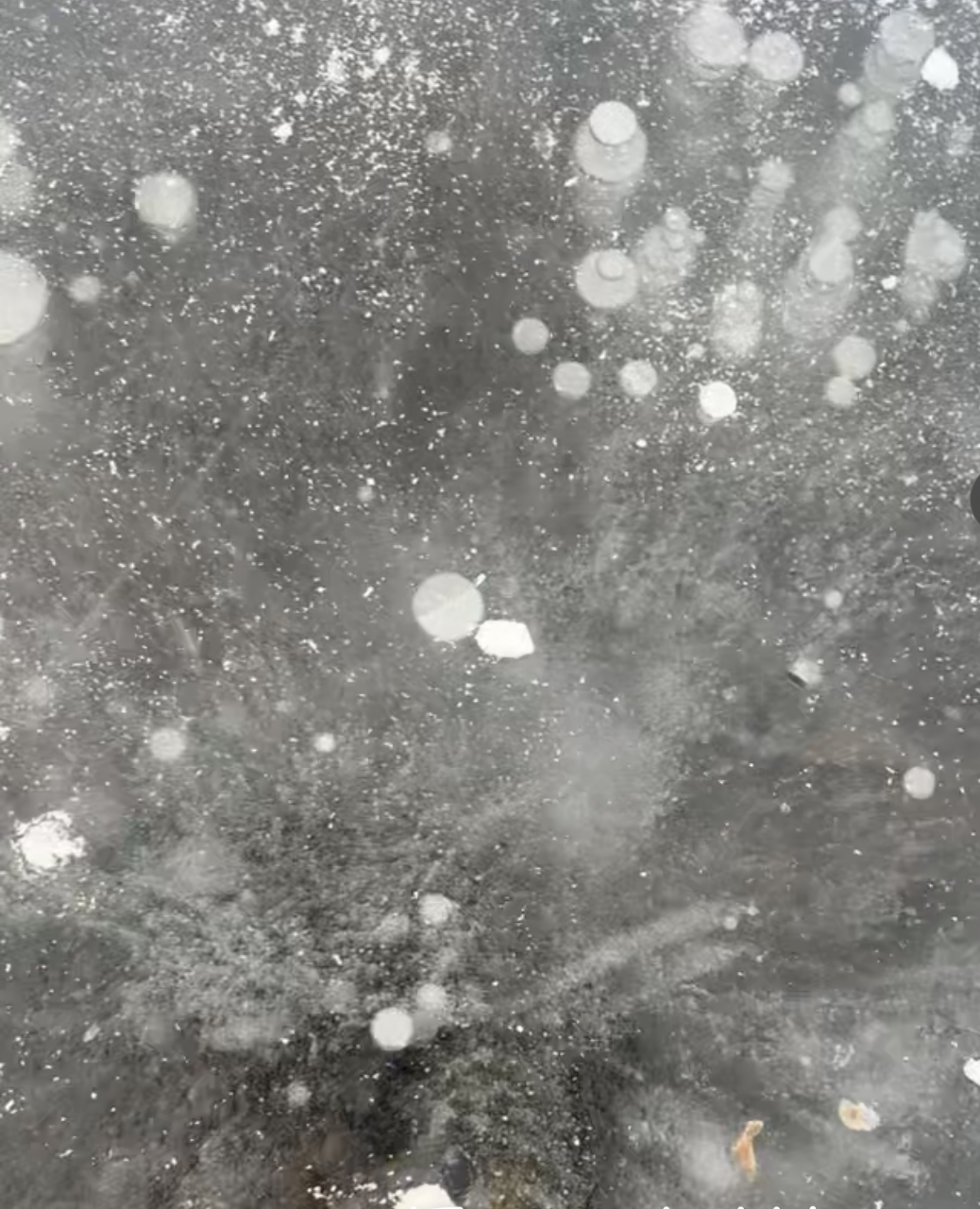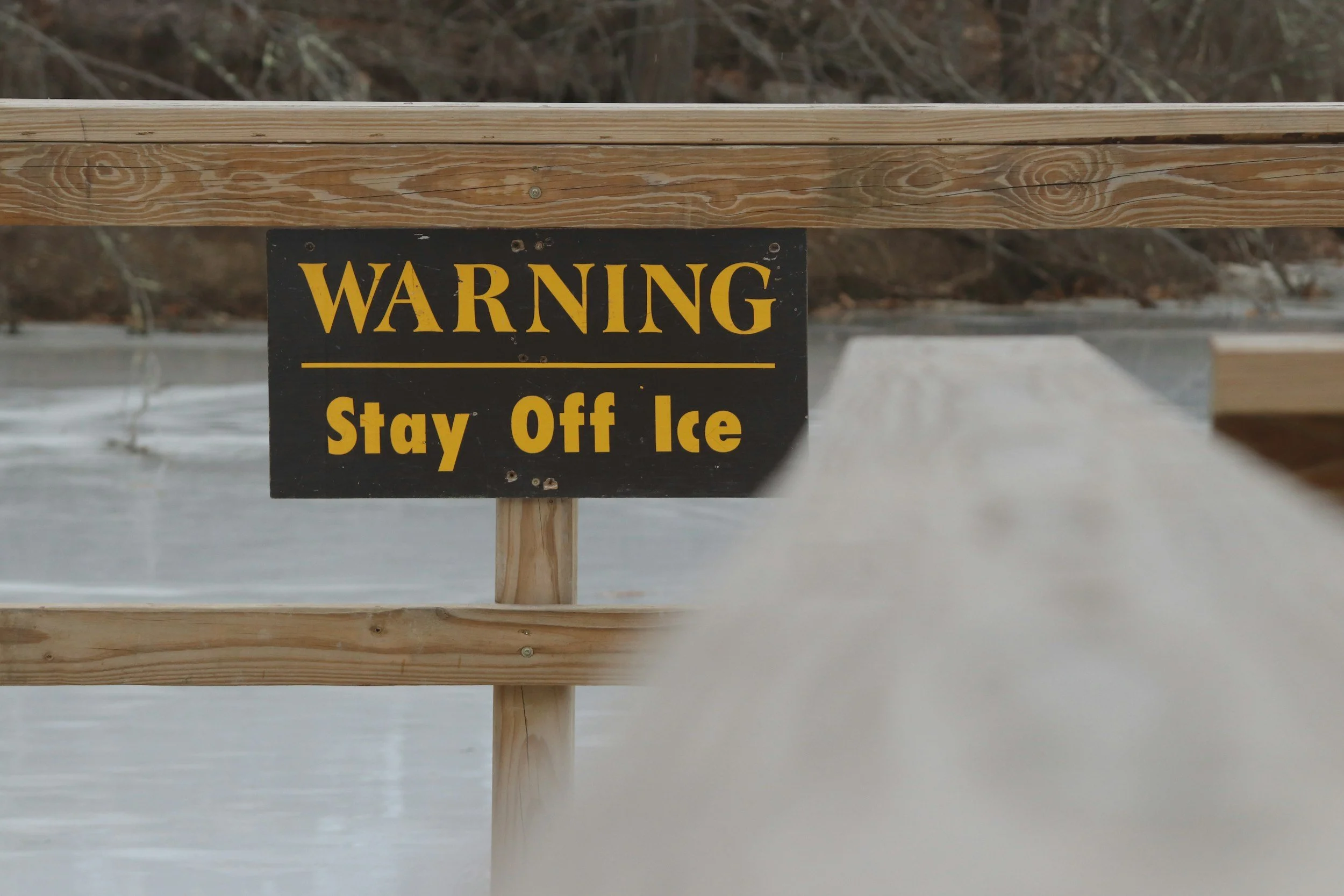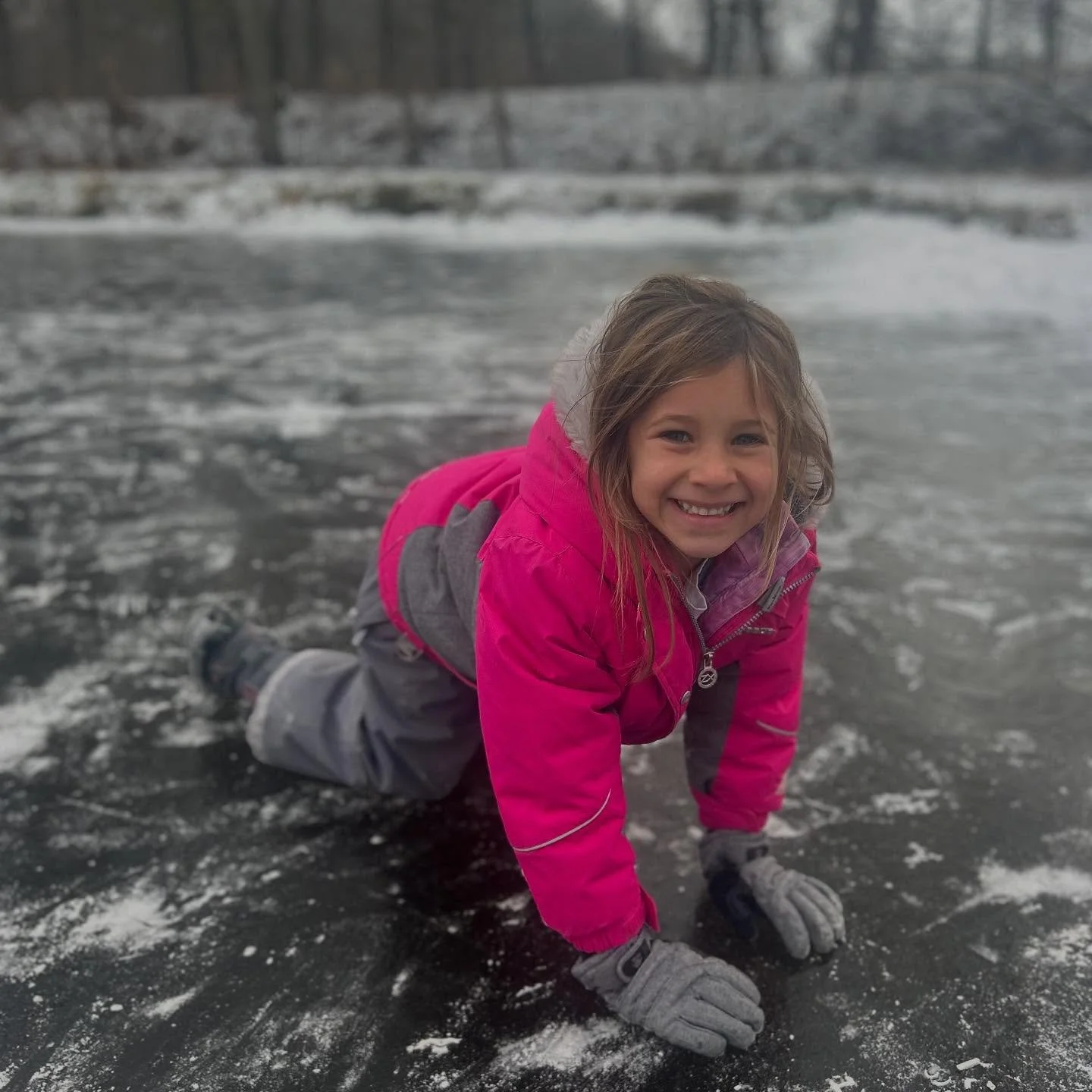Fun Ways to Learn and Play with Ice in January
January brings chilly weather and the perfect opportunity to explore the wonders of ice with young children. From sensory play to simple science experiments, ice provides endless opportunities for discovery and creativity. Here are some fun, at-home ways to explore ice, along with safety precautions and the benefits of engaging children with this frosty material.
January is the perfect time to engage young children with ice exploration activities that are both fun and educational. One simple idea is to create an ice treasure hunt. Using small waterproof toys and plastic containers, parents can freeze the toys in water overnight. Children can then "rescue" the toys by melting the ice with warm water, salt, or even a small dropper. This activity encourages problem-solving, patience, and introduces basic concepts of temperature and melting. For a more artistic approach, try painting on large pieces of ice. Simply take water-based paints and brushes, and let children create colorful designs on the surface of a big ice block or chunk. As the paint interacts with the ice, it may spread, mix, and freeze in interesting patterns, allowing children to observe how colors change and move on a slippery, melting surface. This activity fosters creativity, enhances sensory exploration, and provides a unique way to experience the properties of ice and paint together. It's a fascinating way to combine art and science into one captivating project.
Ice also provides an excellent opportunity for simple science experiments. Parents can use clear containers, ice cubes, and various liquids such as warm water, saltwater, and vinegar to explore how different substances affect melting rates. Children can observe which liquid melts the ice fastest and discuss the reasons behind it, fostering curiosity and introducing scientific inquiry. For a fun and interactive experiment, children can try to pick up an ice cube using just a piece of string and some salt. Lay the string across the top of an ice cube, sprinkle a small amount of salt on the spot where the string touches the ice, and wait for about 30 seconds. The salt causes the ice to melt slightly and then refreeze, bonding the string to the ice cube. When children lift the string, the ice cube comes up with it! This activity is a fantastic way to introduce children to the science of freezing and melting, demonstrating how salt lowers the freezing point of water. It also builds problem-solving skills and offers a magical, hands-on experience that sparks curiosity.
Outdoor ice exploration is another fantastic way to connect children with nature during the winter months. A safe outdoor area with puddles, icicles, or frozen surfaces can be a treasure trove of discovery. Parents can guide children on a nature walk to observe frozen features, feel the textures of ice, or search for different colors and features within the ice. Children can examine the difference between clear and cloudy ice or look for spots with frozen bubbles trapped inside. Clear ice forms when water freezes slowly, allowing air to escape, while cloudy ice results from faster freezing that traps air and impurities. Finding frozen bubbles is particularly exciting, as they provide a glimpse into how air was captured during the freezing process. This activity not only strengthens observational skills but also introduces children to the fascinating science of how ice forms and the conditions that affect its appearance. This type of activity builds appreciation for nature and strengthens observational skills.
While ice exploration can be incredibly rewarding, safety precautions are essential. Parents should supervise children at all times, as ice can be slippery, cold, and potentially sharp. To avoid choking hazards, larger ice pieces should be used, and all materials should be age-appropriate. It is also important to limit exposure to ice to prevent frostbite or discomfort, providing gloves or mittens if activities require prolonged handling. If warm water is used, ensure it is not too hot to avoid burns. When exploring ice outdoors, parents should ensure that frozen surfaces are stable and safe to touch, and they should only walk on ice that has been properly tested for safety and thickness to prevent accidents.
Engaging children with ice activities offers numerous benefits. The cold temperature, smooth texture, and melting properties of ice provide a rich sensory experience that stimulates development. Ice activities naturally lead to questions, observations, and predictions, sparking curiosity and introducing basic scientific concepts. Whether painting with ice or building ice sculptures, children get the chance to think creatively and experiment. Handling ice, using droppers, and manipulating materials also help strengthen hand muscles and coordination. Finally, exploring ice in the natural world helps children develop an appreciation for seasonal changes and the environment.
Ice exploration in January is a wonderful way to combine fun, learning, and creativity. By using simple materials and following safety precautions, parents can turn chilly days into magical moments of discovery. So bundle up, grab some ice (or make your own), and let the frosty fun begin!









